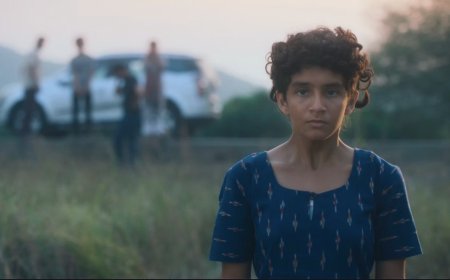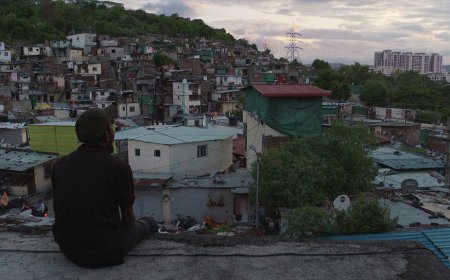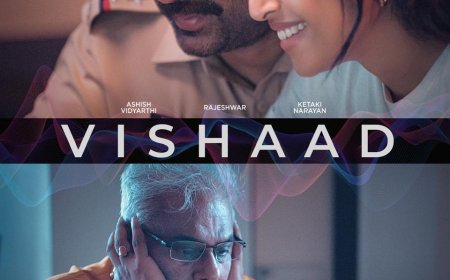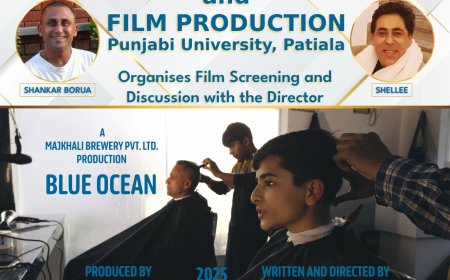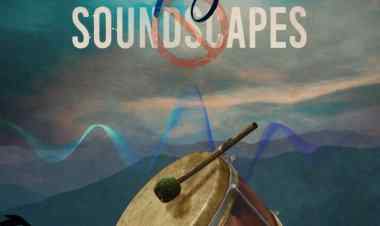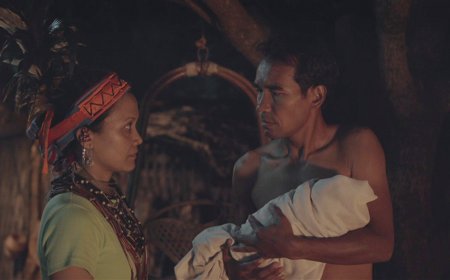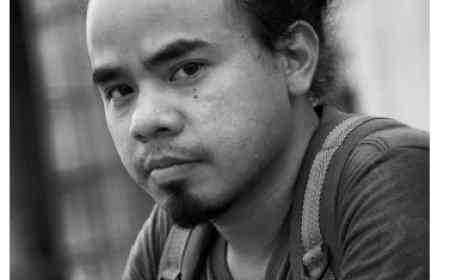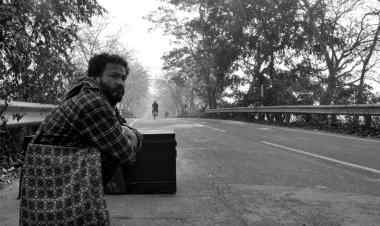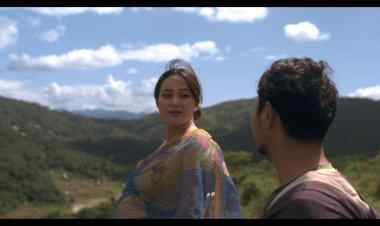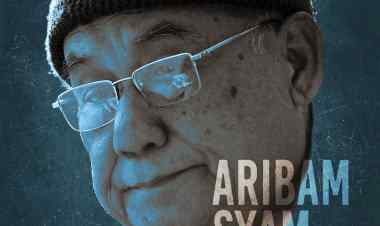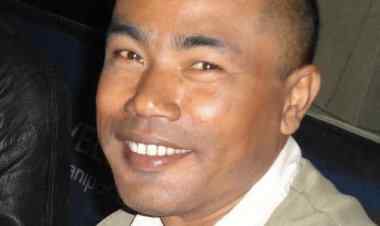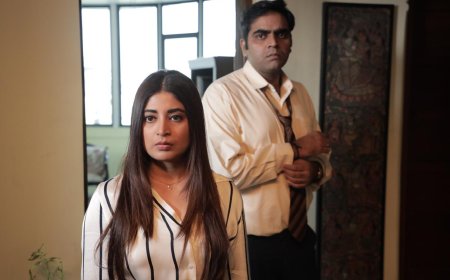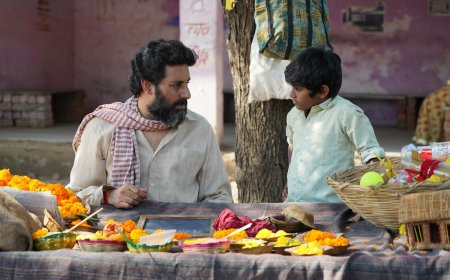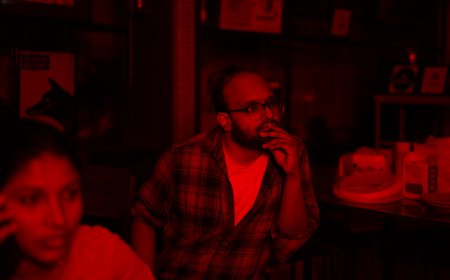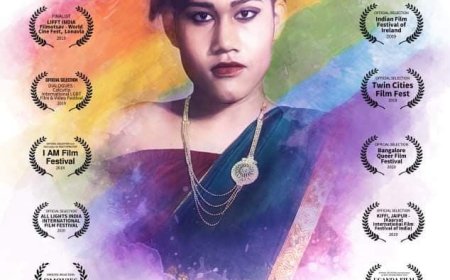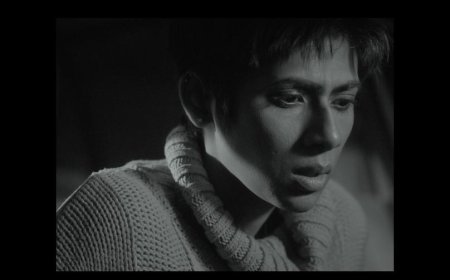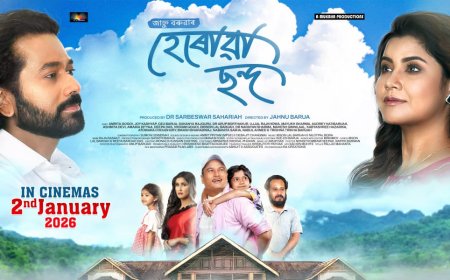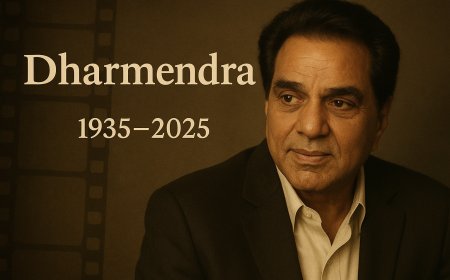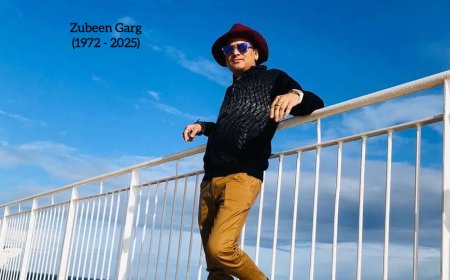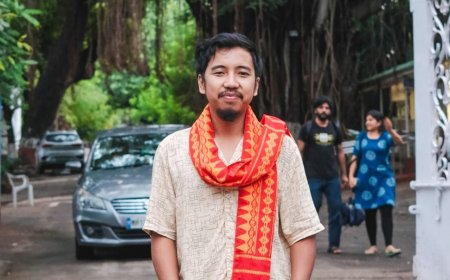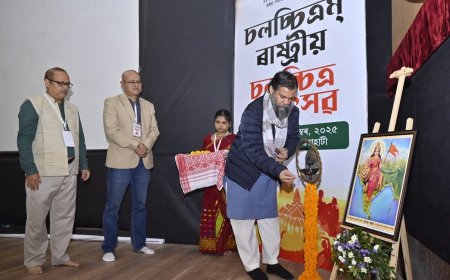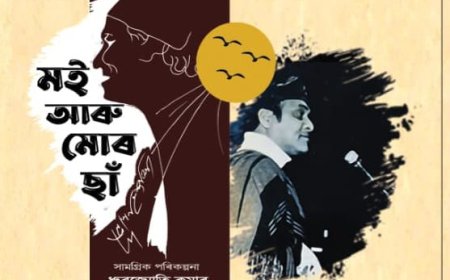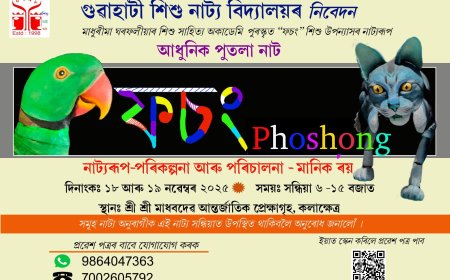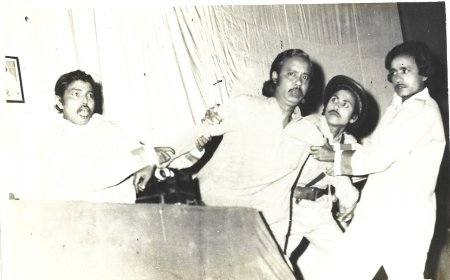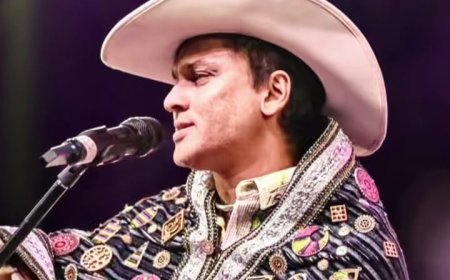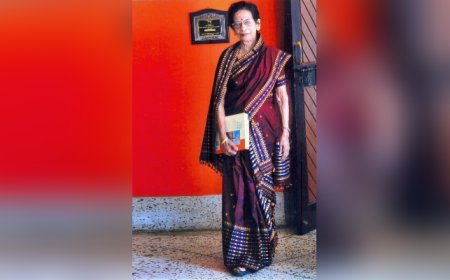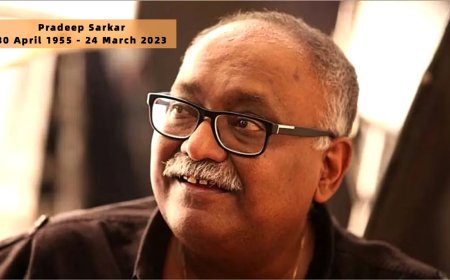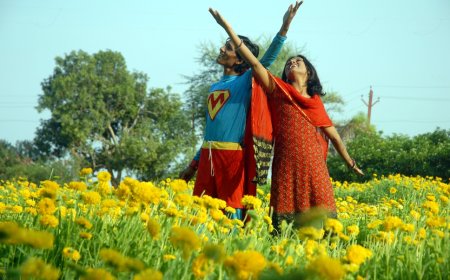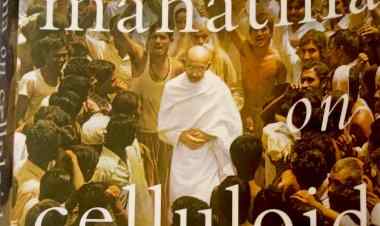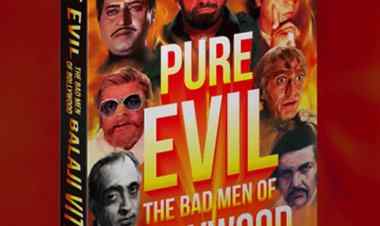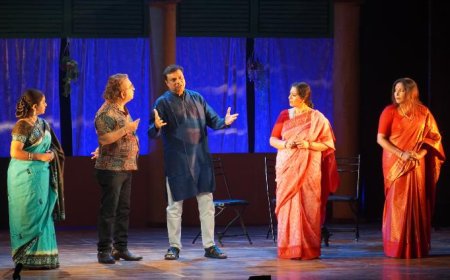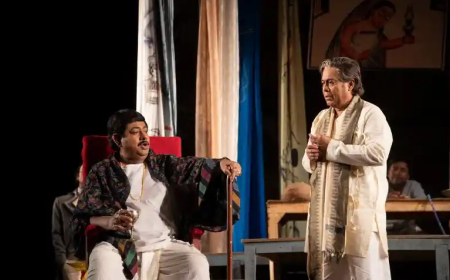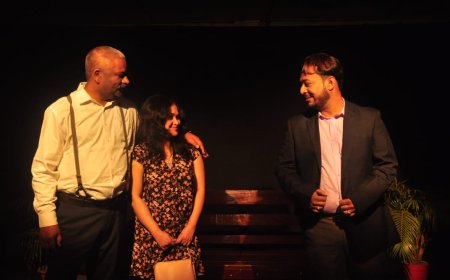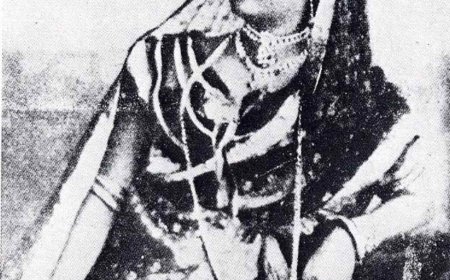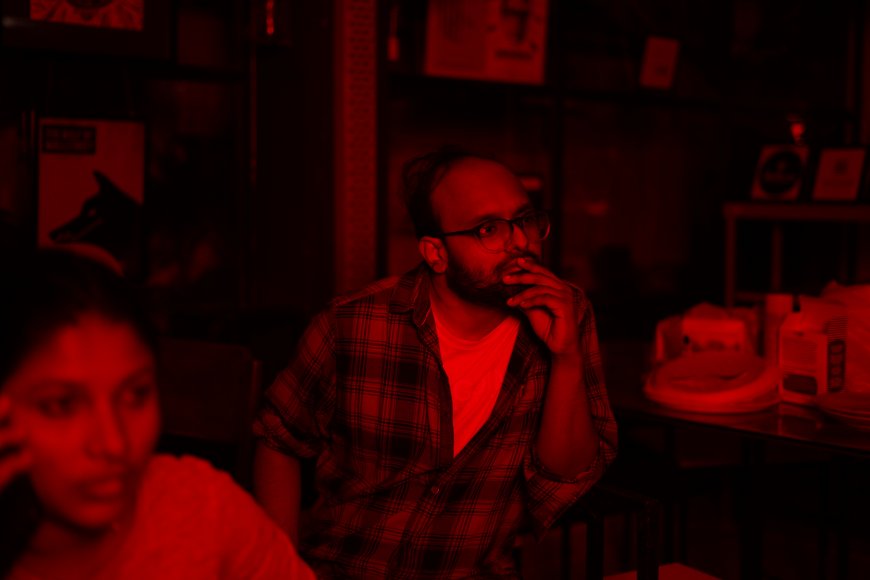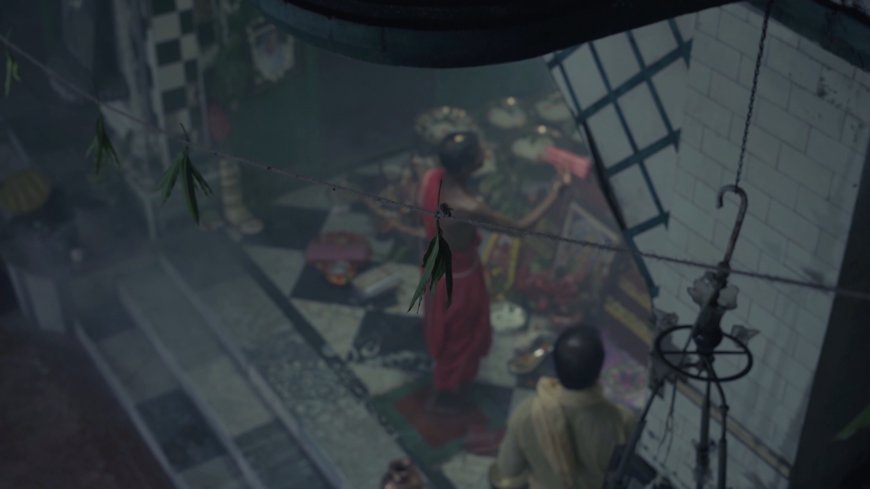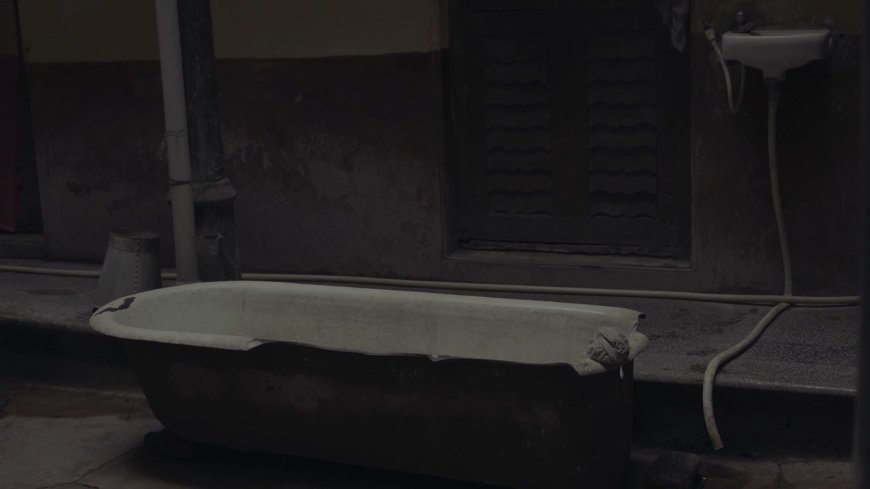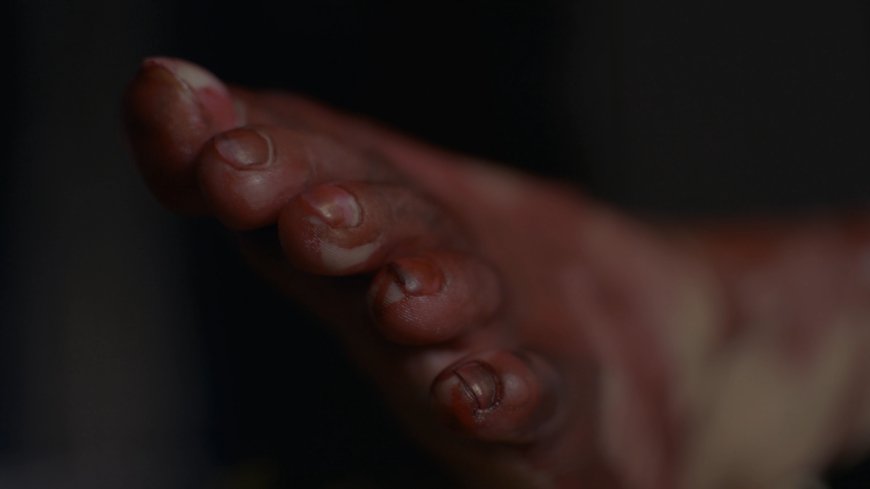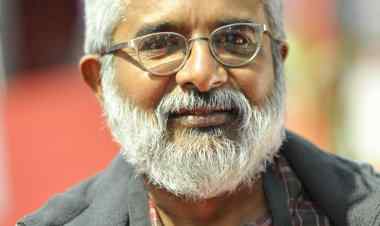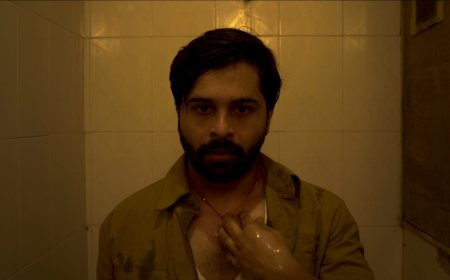Interview : Aneek Chaudhuri
In The Place Once Known as Earth and We, Homo Sapiens (2025), filmmaker Aneek Chaudhuri confronts the deep-seated contradictions of Indian society, where faith and violence, reverence and repression, coexist uneasily. Through a collage of rituals, testimonies, and stark visual meditations, the documentary probes patriarchy and rape culture not as isolated crises but as symptoms of a moral decay woven into everyday belief systems.
In this interview, Chaudhuri reflects on his formal choices, the ethical demands of representation, and what it means for cinema to question the very foundations of humanity.
Dipankar Sarkar. You describe the documentary as “a cinema verité of religion.” Could you elaborate on that phrase?
Aneek Chaudhuri. When I use the phrase “a cinema verité of religion,” I mean an unadorned, observational approach to how religion behaves in lived spaces — not as scripture, but as practice. Religion, in India, is performative and omnipresent. It breathes through gestures, rituals, silences, and hypocrisies. I wanted the camera to function like an observer, not a preacher — quietly watching how faith and patriarchy coexist, often indistinguishably. The vérité form allows the audience to encounter religion as a human act — vulnerable, theatrical, sometimes cruel, but always real.
DS. The documentary critiques inherited traditions and rituals while also acknowledging their emotional and cultural weight. How did you navigate that tension between reverence and resistance during the making?
AC. That tension was my compass. I grew up around these rituals — they’re part of my memory, my aesthetics, my contradictions. I didn’t want to vilify faith; I wanted to question the complacency within it. So, the camera neither mocks nor glorifies — it lingers. I allowed the rituals to unfold with their beauty intact, and then placed them beside conversations about gender, abuse, and conditioning. The conflict between reverence and resistance was the documentary’s heartbeat — an admission that critique is still a form of belonging.
DS. The documentary departs from conventional storytelling. It uses abstraction, dissonant soundscapes, and imagery that resists direct explanation. Why was this sensory form important to you?
AC. Because religion itself is sensory. It overwhelms — through chants, fire, colour, repetition. I wanted the film to immerse the viewer in that sensory tension, to make them feel the weight of devotion and the unease beneath it. The abstraction was deliberate — an antidote to moral clarity. It allows for multiplicity of interpretation; it mirrors the chaos of belief systems rather than explaining them. Sound and image in The Place behave like fragments of prayer — incomplete, echoing, and unresolved.
DS. You’ve used title cards such as Griha Puja, Mandir Puja, Bhakti, among others. What do these chapter-like divisions signify in the overall structure?
AC. They are not chapters in a linear sense; they’re emotional pauses. Each signifies a different form of worship, both domestic and institutional, and how women navigate these spaces. Griha Puja — the home ritual — is about private subjugation disguised as devotion. Mandir Puja moves into the public sphere of religion. Bhakti is the psychological surrender. The divisions map the gradual erasure of individuality — how the sacred becomes a system of control, and yet, how women internalise that faith as their only mode of survival.
DS. The choice of static shots over stylized camera movement gives the documentary a meditative pace. Was that a conscious decision to draw attention to stillness, or to discomfort the viewer?
AC. Both. Stillness is often mistaken for peace, but in this film, it becomes a form of confrontation. The static frame denies escape — you must sit with what you see. It also mirrors the rigidity of our traditions, where repetition replaces reflection. The camera doesn’t follow the subjects; it waits for the audience to find meaning in the frame. That waiting — that enforced contemplation — is where discomfort begins to bloom.
Moreover, my decision was more to inculcate a glass layered with mercury beneath it; I would prefer the audience to take a pause, and either appreciate their surroundings or question them.
DS. The shifts between colour, black-and-white, and high-contrast imagery create a visual rhythm that feels almost ritualistic. What guided these transitions?
AC. The movement between colour, black-and-white, and high-contrast imagery was not merely an aesthetic experiment; it was my way of translating the inner consciousness of the film. Religion, as I see it, exists in layers of memory, myth, and manipulation. Each visual mode became a way of navigating these layers.
Black-and-white imagery, for instance, is where all illusion is stripped bare. It’s a visual austerity that mirrors the emotional nakedness of the subjects — moments where devotion becomes submission, and silence becomes survival. Colour, on the other hand, is deceptive. It holds the splendour of faith — the golds of the temple, the reds of sindoor, the saffron of flags — yet beneath that splendour lies an unsettling normalcy of oppression. The vibrancy is not beauty alone; it’s also camouflage.
Then there’s the high-contrast texture — almost blinding at times. That’s where the spiritual and the visceral collide. The overexposure reflects confrontation — when belief starts to burn under scrutiny. These visual transitions became the film’s unspoken language, its own form of prayer and dissonance. They mark not time, but awakening. Like rituals that repeat and yet transform, the imagery too keeps circling back, insisting that the viewer doesn’t just watch — they feel, they remember, they question.
DS. You’ve also approached interviews in a stylised manner, moving away from the usual “talking heads.” What were you hoping to evoke through this treatment?
AC. I wanted more viewers or listeners. I never wanted talking heads giving their opinionated approach to the whole game of this narrative. And I strongly believe it takes away the pleasure of ‘maybe gifting your friend a book on their birthday and not reading each of the chapters out loud’. I wanted some communication rather than exerting my views on the viewers. The abstraction of interviews also allowed emotion to be carried through sound and rhythm rather than performance. A pause between words, a tremor in breath, sometimes spoke more truth than any face could. I wanted these voices to haunt, not to inform.
DS. How do you hope viewers will engage with the discomfort and contradictions the documentary lays bare?
AC. Discomfort, for me, is not an aesthetic choice but an ethical one. When we speak of religion, patriarchy, and violence in the same breath, there can be no easy comfort. I hope viewers don’t consume The Place like a conventional narrative but experience it as a space — a sacred, disturbing mirror that reflects their own participation in systems of belief and denial.
I am aware that the film doesn’t provide closure; it doesn’t even offer resolution. But that’s intentional. Religion, and by extension patriarchy, functions through cycles of repetition — of questions left unanswered, of rituals performed without reflection. By leaving the viewer in a state of unease, I want them to dwell within that cycle consciously, to question their role in sustaining it.
The discomfort also becomes a way of reclaiming empathy. In a world flooded with images of suffering, we’ve learned to look away or intellectualise pain. I want the audience to feel implicated, to sit with the contradictions rather than escaping through sympathy. It’s only when discomfort is internalised that it transforms into reflection, and perhaps, action.
DS. In a country where women’s bodies are both sanctified and violated, what does it mean for cinema to bear witness?
AC. For me, bearing witness is not just about showing — it’s about refusing to look away. Cinema has the power to mirror hypocrisy without sensationalising it. In The Place, the camera becomes both priest and protestor — it observes the sanctification of the feminine and its simultaneous subjugation. To bear witness is to admit complicity. It’s to record what we pretend not to see — the quiet violences that thrive under the guise of faith.
DS. Who do you imagine as your audience? Are you speaking to those already aware, or hoping to reach those complicit in silence?
AC. I don’t imagine my audience as a demographic — I imagine them as a conscience. The Place speaks to the collective soul that oscillates between awareness and denial. Awareness is not immunity; even those who “know” often remain complicit in silence. I wanted the film to pierce through both — to unsettle the intellectual viewer who analyses patriarchy from a distance and the everyday participant who performs it unknowingly.
The film is not accusatory in tone; it is reflective. I am not shouting at the audience; I am whispering to them — inviting them to recognise themselves in the very practices they might defend. For those already aware, I hope the film becomes a reminder that awareness must evolve into introspection. For the silent, I hope it becomes an awakening — not through guilt, but through recognition.
Ultimately, my audience is anyone who still believes cinema can move beyond storytelling — into revelation. The Place does not seek to preach or convert; it seeks to mirror. And in that mirror, every viewer, no matter their stance, will find traces of their own faith, fear, and complicity staring back at them.
What's Your Reaction?








